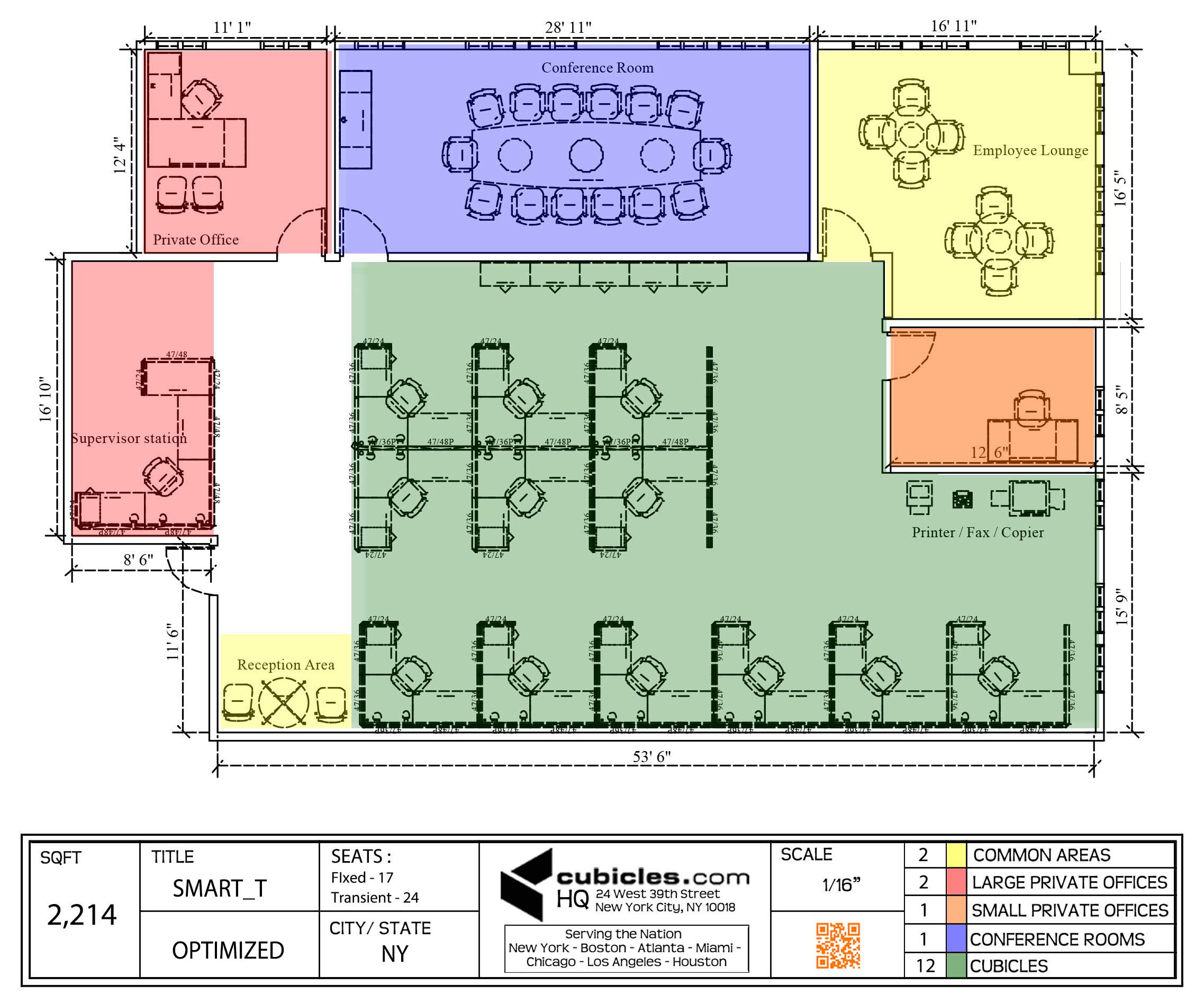Whether you’re moving down the street or across town, an office move can be stressful and frustrating. Here are a few tips to help you avoid the headache and to get your new office space up and running smoothly!
1. Start planning for your move as soon as possible.

Whether you have three months or three years until your move, it’s never too early to start planning. Start making preliminary lists of what needs to be done and a rough timeline for when each task needs to be completed. Organization is key!
It’s also never too early to start organizing materials and even packing boxes if you have the space to store them. If you have supplies you know you won’t need before the move (company merchandise, extra computer parts, you name it), start putting them in boxes and set them aside.
And don’t forget to throw things out. Those Blackberries you’ve been saving since 2007? Dump them (responsibly). Anything you’ve been stockpiling for a rainy day project can be the first to go. Sort through storage closets and get rid of any junk you know won’t be coming with you. Organize filing cabinets and shred anything you don’t need. This is definitely a good time to hop onto that minimalist train.
2. Find the right moving company for you.

There are a number of commercial moving companies dedicated to office relocations so do your research and prioritize what your company needs. Do you need a company that’s flexible with moving times? Some companies move during office hours, but others don’t. Do you want help wrapping cabinets or breaking down desks? Some will help with packing and with large equipment. Is price point your determining factor? Gather detailed pricing information. As time consuming as research can be, you’ll save yourself a headache later by speaking with several companies and choosing the best one for your company’s needs.
3. Schedule your move appropriately
Each company lives by a different schedule, and you know your company’s needs best. If you have the flexibility to schedule your move for a certain time of year, then use it to your advantage. If summer tends to be your slow season, try to time your move for then. Mid-week moving means that your employees will be able to help without giving up their weekends; mid-month moving will likely mean fewer deadlines for projects. If your building allows for moves during office hours, you’ll have your employees’ cooperation, and you might save on fees associated with after-hours moving. That said, the majority of moves will have to take place after business hours and/or over the weekend, so if you have the flexibility to schedule your move down to the day and hour, be sure to take advantage of that.
4. Get your employees involved.

As soon as your office move is finalized, let your employees know. The timing of the move could affect ongoing projects, and your new location could change commute times. Being transparent and giving as much notice as possible will go a long way towards keeping employees happy.
Be sure to engage your employees early on with the moving process. Encourage them to start sorting through their desks weeks or months before the move so there’s no competition for the shredder or the dumpster. If your new office is in a new neighborhood, ask for volunteers to create a neighborhood guide with cheap eats and great happy hour spots. Ask employees for their opinion on office layout (see the tip below!) or for new details they’d like to see in your new space.
5. Create a map of your new office.

If possible, take a walk through your new space and plan your office layout. Print out a blueprint or draw up your own floor plan and mark where furniture will go. Once moving day arrives, you’ll be ready to direct the office movers and fix any spacing issues while you still have manpower.
A move is also a great time to address any issues with your current office layout including workplace culture. Poll your employees to determine what’s working and what isn’t, and come up with a setup for the new office that is both efficient and conducive to a pleasant work experience. You can set goals along with your office move such as becoming more eco-friendly.
6. Prioritize your IT needs.

If you have an onsite IT team, let them know about the move as soon as possible so they can start their planning. If you don’t have an IT team, consider hiring someone to help with the move. An IT professional can help take inventory of your equipment and can help dispose of anything old or outdated that you won’t be taking with you. IT team members will know how to properly pack and label computers, phones, cords – you name it. Set up at the new location will be quicker and easier if the same team works on both the packing and unpacking. If possible, prioritize the IT equipment with your moving company so phone, computer, and internet setup can begin at the new location as soon as possible.
7. Schedule meetings and deadlines appropriately
The few days before and after your move are going to be dedicated to packing, unpacking, and getting settled in your new space. Be sure to warn employees not to schedule in-office meetings with clients too close to the move – in both cases, the office will be in a state of disarray. If you must meet with clients on the days directly before or after an office move, be sure to do so in another location.
Consider warning managers to set deadlines appropriately. Employees will be focused on packing and unpacking their spaces, and depending on your IT team’s schedule, they may be unable to work on their computers surrounding the move. Setting deadlines for major projects with enough time on either end of your move can help employees avoid stress.
8. Label and/or color code boxes and furniture.
Just like with a home move, be sure to label all boxes and materials very clearly. Have employees clearly write their names on several sides of their boxes so they can be stacked together at the new location. If you have your new office layout handy, movers can even deposit employee boxes at the appropriate desk. Desks, file cabinets, and other employee-specific furniture can also be labeled with the employee’s name for easier set up.
For larger companies, assign a different color to each department. Label all boxes and furniture with that color using post it notes, masking tape, or markers. Both you and the movers will easily be able to identify the different departments and will be able to group furniture and boxes in the new office space. You might not have decided where each individual employee will set up shop, but you can at least determine in advance where each department will go on your new floor plan.
9. Update your address.

Changing your address can be one of the more time consuming aspects of a move. Make a list of your different vendors and update any company that sends you materials or bills. Send a postcard to your clients with the updated address. While some of these steps have to wait until after your move, you can proactively order new company stationery and business cards with your new address. You can also set up mail forwarding via USPS in advance.
The hardest part can be updating digital sources. Simply updating your listing with Google My Business won’t be enough – companies like Yelp and Yellow Pages also provide directory information and will need to be updated accordingly. Don’t forget about your own website and social media accounts! Continue to check local business listings in the months following your move to ensure that your business has not been listed twice under the new and old address.
Alright, that’s it for now. Get packing!


